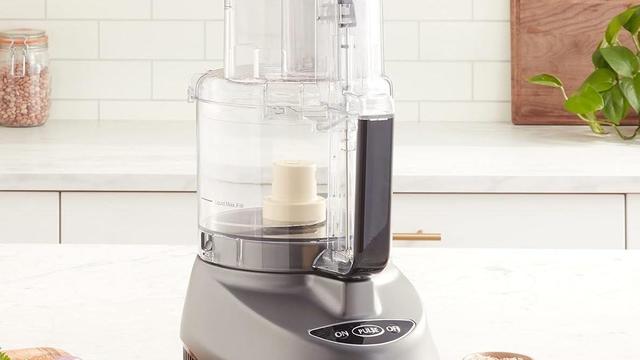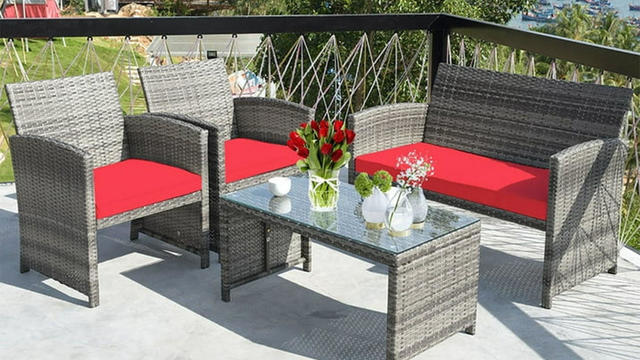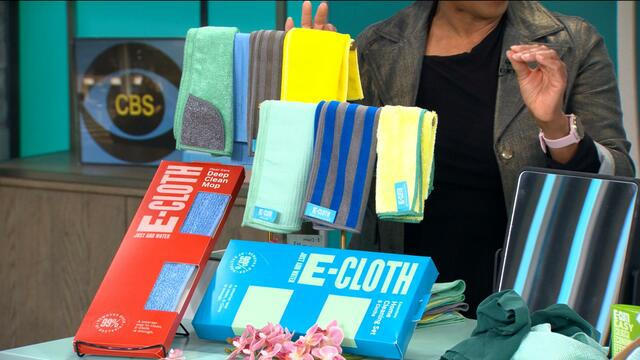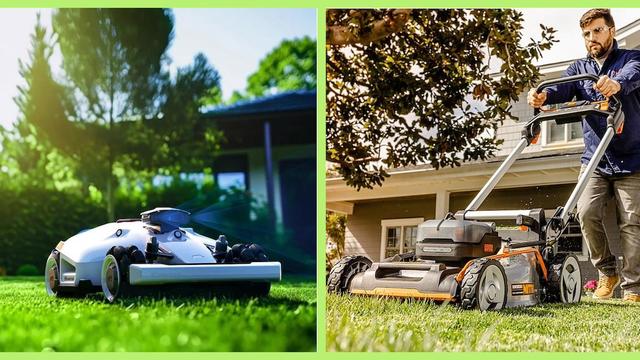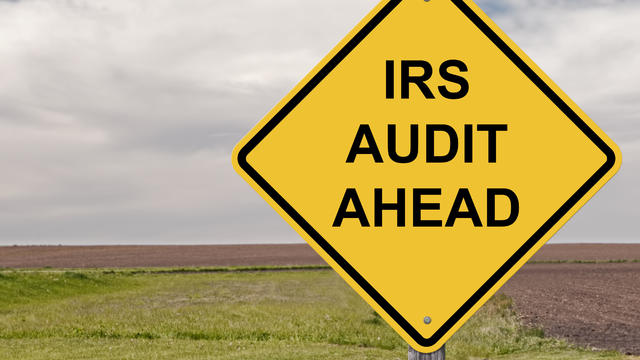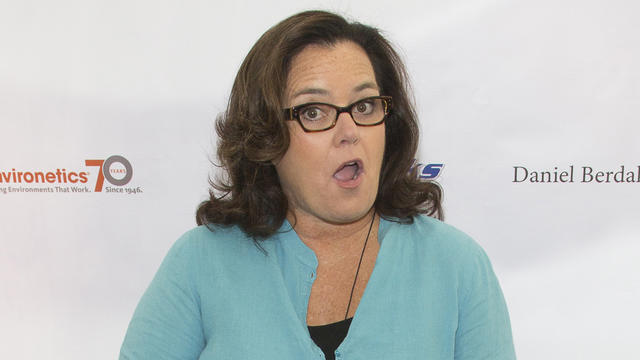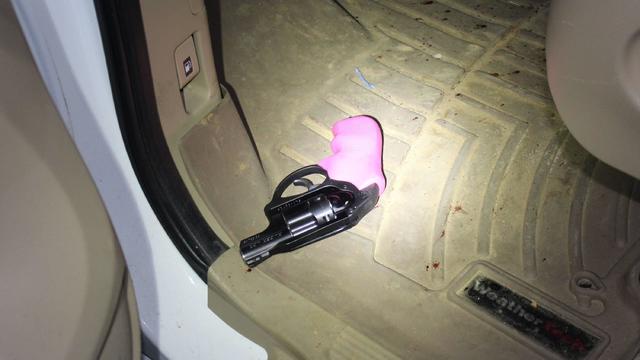Running shoe shopping 101: How to choose the right pair for your running style
Buying the right pair of running shoes that work for you can be tricky. You may be unsure about which features to look for and which designs might be better than others. With the price of many shoes passing the triple digit mark, this can be a daunting task, one that can really sneak(er) up on you.
Shoe puns aside, we've put together a handy list of things to know about buying running shoes. When it comes to your personal fitness, there are some questions you can ask (and we can answer) about finding the perfect pair of running shoes.
What role does the size and shape of your foot play? Which shoe designs matter most depending on your running style? Does it matter if you prefer a treadmill or the open road? What's the deal with pronation? And can the wrong shoe really affect your overall health? (Spoiler: Kind of, yeah.)
We answer these questions and more with our shopping guide on running shoes below.
Why it's crucial to pick high-quality running shoes that fit
You may be wondering what the big deal is when it comes to picking the right pair of running shoes for you. What happens if you wear something that is low quality -- or simply isn't a good fit?
"Wearing low-quality or the wrong running shoes can lead to several issues, such as blisters, foot pain and discomfort, soreness in your feet and legs, shin splints, ankle sprains, and even potential long-term problems," says Dr. Gregory Alvarez, a podiatrist at the Ankle and Foot Centers of America.
Choosing the right pair of running shoes is crucial to minimize your chances of injuries. It's also a decision that can improve your overall performance.
Running shoe shopping 101: How to choose the right footwear for you
Whether you occasionally hit the pavement or the trails for some exercise, or jogging is an important part of your daily routine, you want a pair of running shoes that won't work against you. That means knowing what to look for when you shop.
There are a number of factors to consider when it comes to shopping for running shoes. Below, we take a look at three things to keep in mind when picking the right footwear for you.
1. Figure out your foot arch and width
"There are three basic foot arch types which include high arches, flat feet, and neutral feet," says Andrew Blakey, a personal trainer and director of Your Future Fitness.
The Mayo Clinic describes a neutral (or medium) arch as one that naturally supports your body weight and typically pronates (rolls inward) as you walk. Look for shoes with firm midsoles and decent rear-foot stability if you have a neutral arch.
A flat (low) arch likely means your whole foot makes contact with the ground as you walk. According to the Mayo Clinic, this can contribute to muscle stress and joint problems. Seek out shoes with serious arch support if this sounds like you. And if you aren't sure, see a podiatrist before you shop for that running shoe.
The Mayo Clinic also warns that high arches can be linked to excessive strain on joints and muscles. Since high arches can also mean you're lacking in shock absorption, buying running shoes with ample cushioning can help to balance this out.
Unsure of which foot arch type applies to you? Are you on a wait list to see a doctor? In the meantime, one unofficial yet well-known method you can try is called the wet paper test.
"Wet your foot with a damp or moist cloth and step onto a piece of paper," Blakey says. "If you see a complete footprint with no visible arch then you likely have flat feet. If you see a partial footprint then you likely have neutral feet. If you see a narrow footprint with minimal arch touching or the paper, you likely have high arches."
Once you have an idea of your foot arch type, there is the question of width. Generally speaking, there are three options here: wide, narrow, or regular width.
"These sizes are further categorized into AAA, AA, A, B, C, D, E, EE, and EEE," says Blakey. The best way to find out where you fall on this list of letter sizes is to get properly fitted by a professional. You could do this at a shoe store or by scheduling a visit with a chiropodist, Blakey says.
2. Get in tune with your running style and form
Have you ever stopped to think about your running form? If not, you may be unfamiliar with different running styles and how they play into your shoe-shopping.
"Typically, people can be considered either a heel runner, midfoot runner, or a toe runner," says Blakey. "The type of runner you are will influence which part of the shoe has more padding. For example, a heel runner will likely want a shoe with more padding in the rear portion of the shoe in order to cushion their running style."
Blakey pointed out that most professional half marathoners land heel first, which -- you guessed it -- means that's where cushioning in a running shoe could be the most helpful.
Pay attention to how your foot connects with the ground the next time you go for a run.
Running style can influence the type of shock absorption you need in your running shoes (padding in the rear for heel runners vs. a uniform cushioning for midfoot runners, for example). In addition, a peer-reviewed study talks about how runners can shift their style depending on the type of shoes they're wearing.
3. Know about pronation
"Pronation simply means how your foot and ankle move during the running motion," Blakey says. "If you find that your ankles typically collapse inward when you're running, then you may want to consider a shoe with more support along the middle or arch of your shoe."
This inward rolling is part of the natural movement of your body, but there is a theory that different foot types can affect how your foot rolls.
Dr. Marc Matarazzo, an orthopedic surgeon who specializes in sports medicine, says that, depending on your foot type, says some runners suffer from extreme versions of pronation.
Underpronation happens with runners with high arches. Their feet roll slightly during impact. Excessive rolling, on the other hand, can be an issue for runners with low arches. This is overpronation. If you have a neutral arch, according to Matarazzo, your foot is likely to roll at a healthy spot.
Common shoe-buying mistakes to avoid
All of these tips can feel like so much work when all you want to do is buy a great pair of running shoes.
Let's make it simple. Your decision should sit at the intersection of three things: Comfort, reliability and support.
Knowing what you know now, it should be easier than ever to find running shoes with the right amount of each of those three things.
One other mistake to steer clear of is getting too caught up in marketing jargon or specific shoe models for an entire foot type.
"The scientific literature does not find that specific foot types need specific types of running shoes," says Dr. Paul Nasri, a physical therapist and orthopedic manual therapist who helps clients through his website thegameplanpt.com. "Personal preference, comfort, and fit are the most important when selecting running shoes."
Factors like running style, arch type, and level of supination will help you to pick the best running shoes for comfort and fit.
How we put together our running shoe shopping guide
- Expert recommendations: We spoke with a number of professional sources to put together our list of things to know about running shoes. This includes podiatrist Dr. Gregory Alvarez, personal trainer Andrew Blakey, orthopedic surgeon Dr. Marc Matarazzo, and physical therapist Dr. Paul Nasri.
- Scientific research: Since the science around foot types is more of an ongoing discussion and less established facts, we turned to credible resources like the Mayo Clinic, the National Library of Medicine (NLM), and published studies for even more context.
- Your needs: Obviously, the best running shoes are shaped around your personal needs. So we discussed the most important factors that can help you find the most comfortable, best fitting, and supportive running shoes for your foot type.
Related: Read more about how we review products





